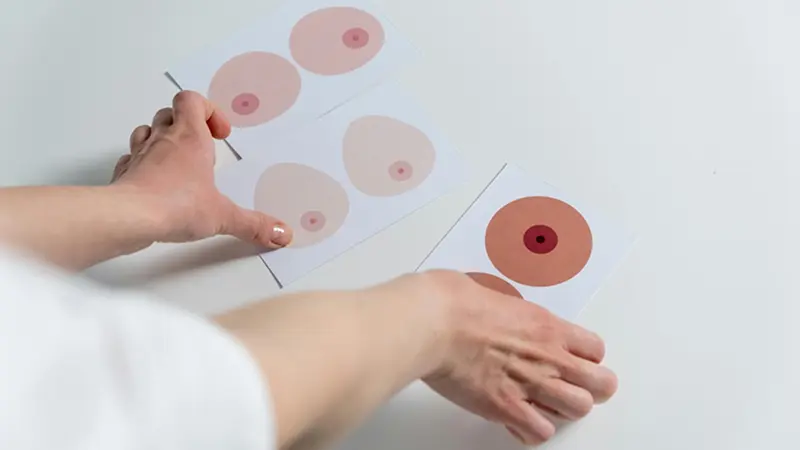Breast Reduction
Breast reduction surgery is a procedure to remove excess breast tissue, fat, and skin, reducing the size and weight of the breasts while improving their shape and proportionality.

It is often performed for both medical and aesthetic reasons.
Benefits of Breast Reduction
- Relief from physical discomfort: Alleviates back pain, neck pain, shoulder grooves from bra straps, and skin irritation.
- Improved posture: Lighter breasts can reduce strain on the spine and shoulders.
- Enhanced mobility and activity: Makes physical activities like exercise easier and more enjoyable.
- Aesthetic improvement: Creates a more proportionate figure and symmetrical breasts.
- Boosted confidence: Helps individuals feel more comfortable in their appearance.
Who is a Candidate for Breast Reduction?
Ideal candidates
- Have excessively large breasts (macromastia) causing physical discomfort or lifestyle restrictions.
- Are in good overall health and at a stable weight.
- Have realistic expectations and do not smoke (or are willing to quit before and after surgery).
- Experience self-consciousness or difficulty finding clothing that fits well due to breast size.
The Procedure
Consultation
- A pre-operative discussion with your surgeon about goals, desired size, and any health concerns.
- Measurements are taken, and your surgeon discusses the best technique for your body.
Surgical Steps
Anesthesia
General anesthesia is typically used.
Incisions
- Anchor (Inverted-T) Incision: Around the areola, vertically down to the breast crease, and along the crease.
- Lollipop Incision: Around the areola and vertically down to the breast crease.
- Donut Incision: Around the areola (used for minor reductions).
Reshaping
Excess tissue, fat, and skin are removed, and the remaining breast tissue is reshaped for an uplifted appearance. The nipples may be repositioned to a higher, natural-looking location.
Closing
Incisions are closed with sutures, and dressings or bandages are applied.
Duration
- 2-4 hours, depending on the complexity of the surgery.
Recovery Timeline
Immediate Post-Op (1-2 weeks)
- Swelling, bruising, and mild discomfort are common.
- You may wear a surgical bra to minimize swelling and support healing.
- Avoid heavy lifting and strenuous activities.
Weeks 3-6
- Swelling subsides, and bruising fades.
- Gradual return to light activities, including work and low-impact exercise.
Months 3-6
- Final results become apparent as tissues heal and swelling fully resolves.
Risks and Complications

- Scarring: Permanent but usually fades over time with proper care.
- Changes in sensation: Temporary or permanent changes in nipple or breast sensation.
- Difficulty breastfeeding: Some individuals may experience challenges depending on the extent of tissue removal.
- Rare complications: Infection, bleeding, or asymmetry.


